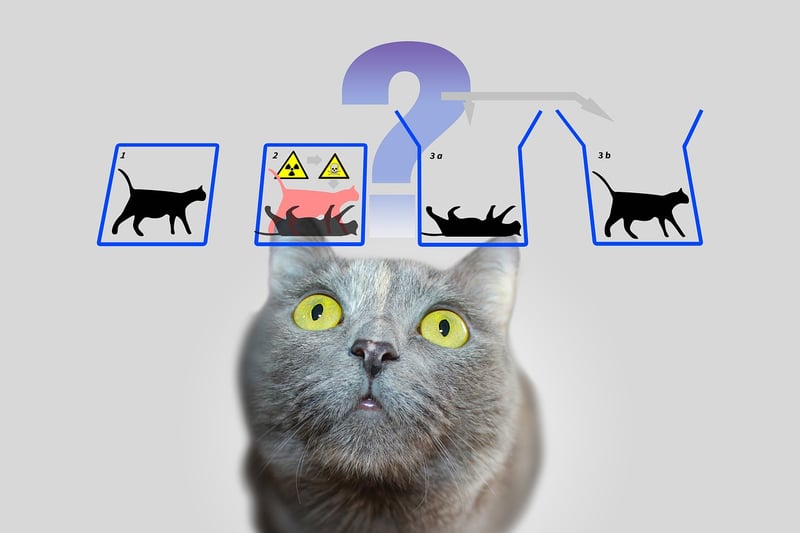Bootstrap Paradox
Unraveling Time Conundrums: The Bootstrap Paradox

Time travel has long been a fascinating concept that captures the imagination of many. One of the intriguing aspects of time travel is the existence of paradoxes, where cause and effect become entangled in a loop. One such paradox that has puzzled scientists and science fiction enthusiasts alike is the Bootstrap Paradox.
What is the Bootstrap Paradox?
The Bootstrap Paradox, also known as a causal loop, occurs when an object or information is sent back in time and becomes trapped in an infinite cause-and-effect loop without a clear origin. In simpler terms, it raises the question of what came first: the object or the information?
Example of the Bootstrap Paradox
Imagine a scenario where a composer travels back in time and gives Beethoven a sheet of music containing his famous Symphony No. 9. Beethoven then copies the music note for note and claims it as his own creation. The question arises: who actually composed Symphony No. 9 – Beethoven or the time-traveling composer?
Implications and Theories
The Bootstrap Paradox challenges our understanding of cause and effect, leading to various theories on how such loops could be resolved. Some suggest the existence of parallel universes to accommodate the paradox, while others propose the concept of a predestined timeline where events are meant to happen.
Conclusion
As we delve deeper into the mysteries of time travel and paradoxes like the Bootstrap Paradox, we are confronted with the complexities of temporal logic and the limitations of our current understanding. While these concepts may seem like mere sci-fi fodder, they spark important philosophical and scientific discussions about the nature of time and reality.
Next time you ponder the possibilities of time travel, remember the enigmatic Bootstrap Paradox and the intricate web it weaves in the fabric of time.

